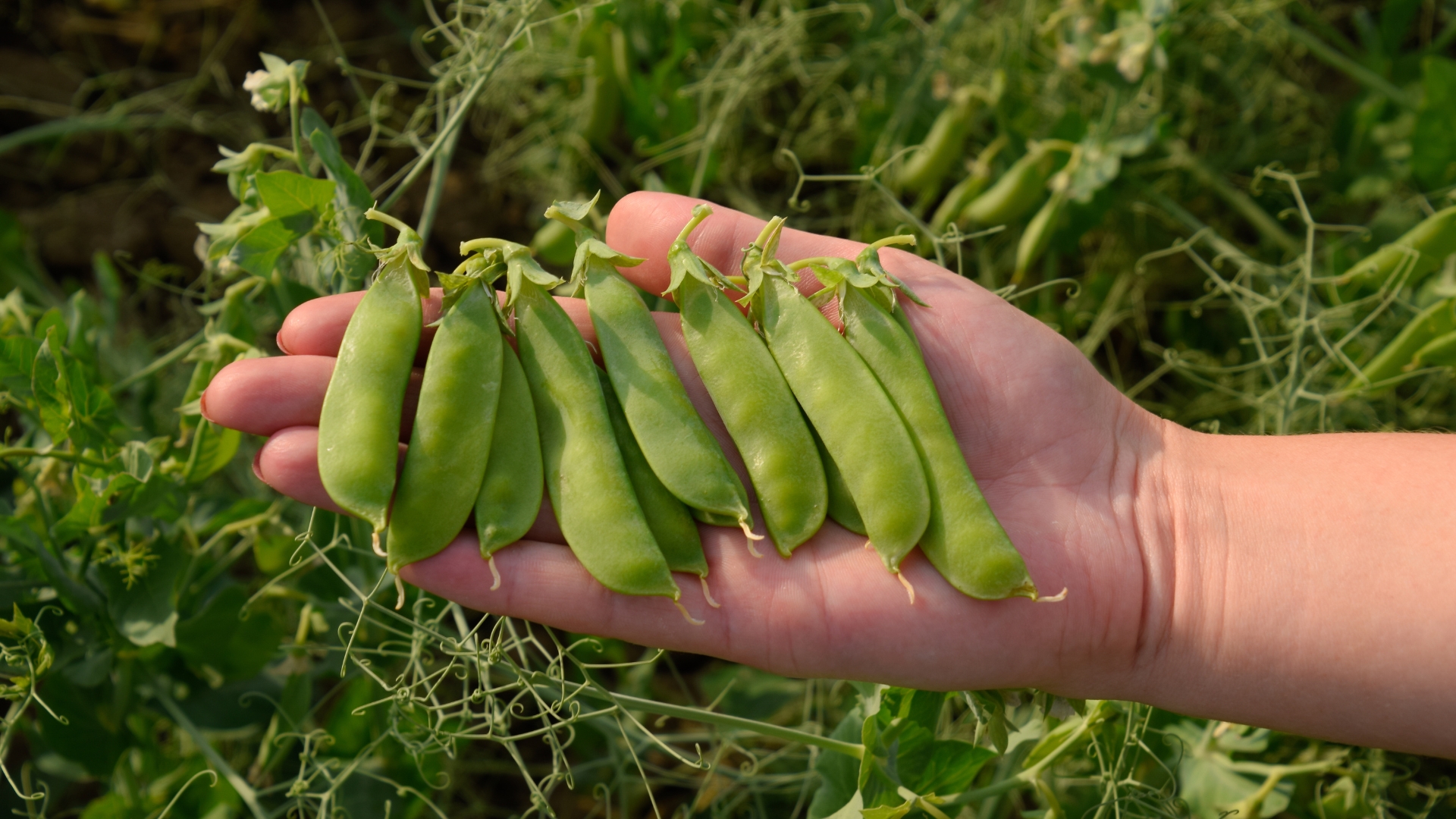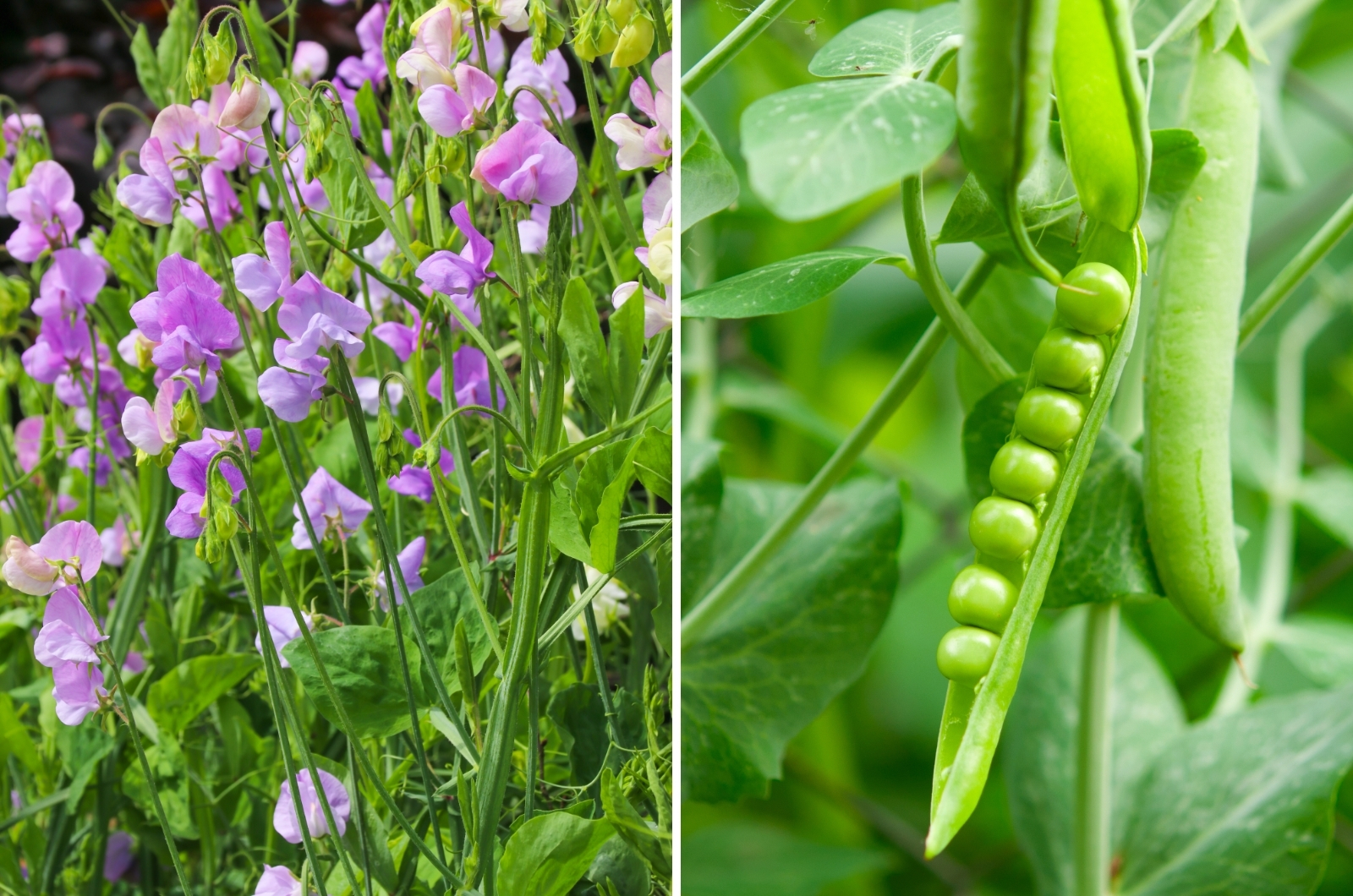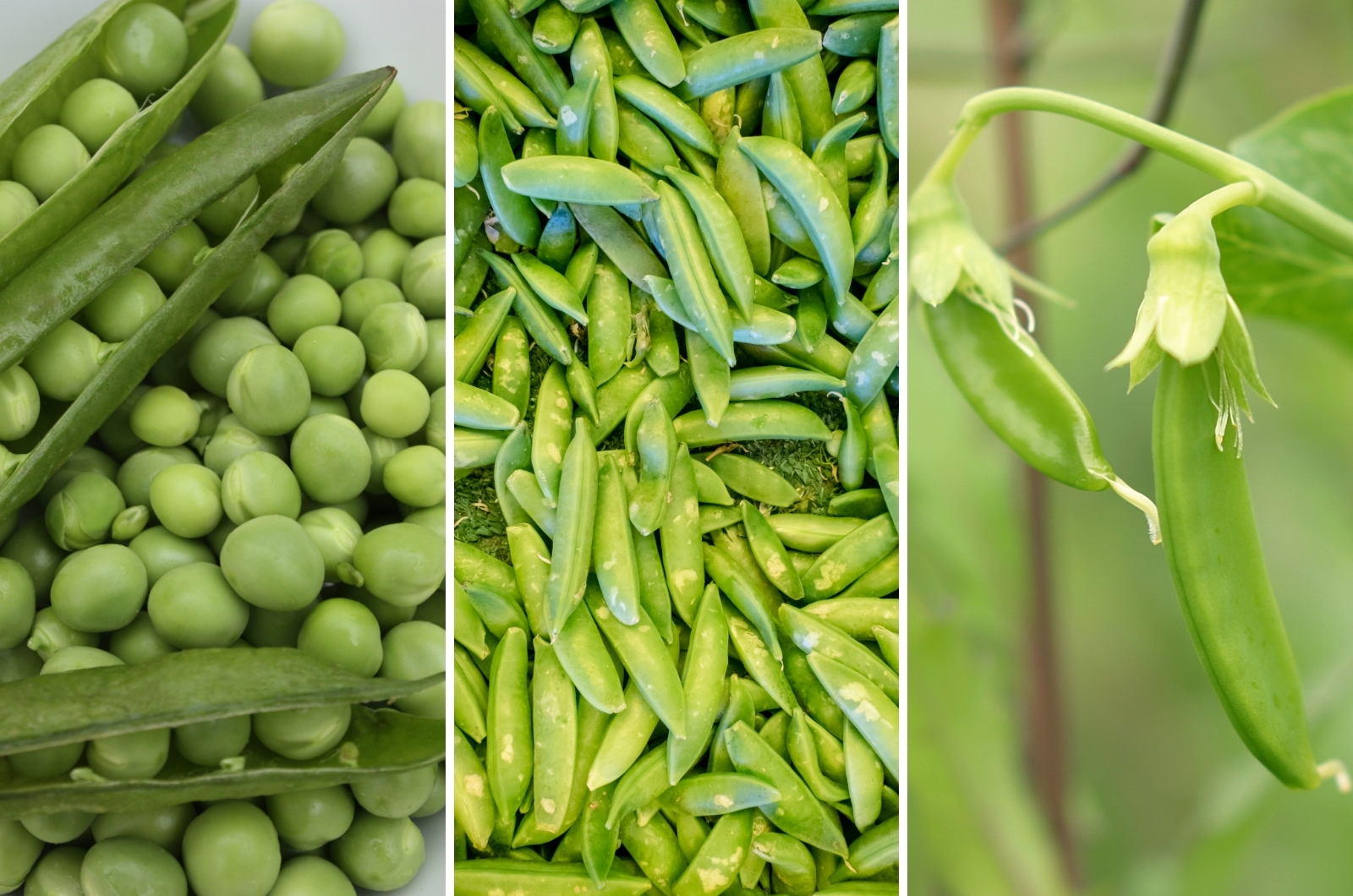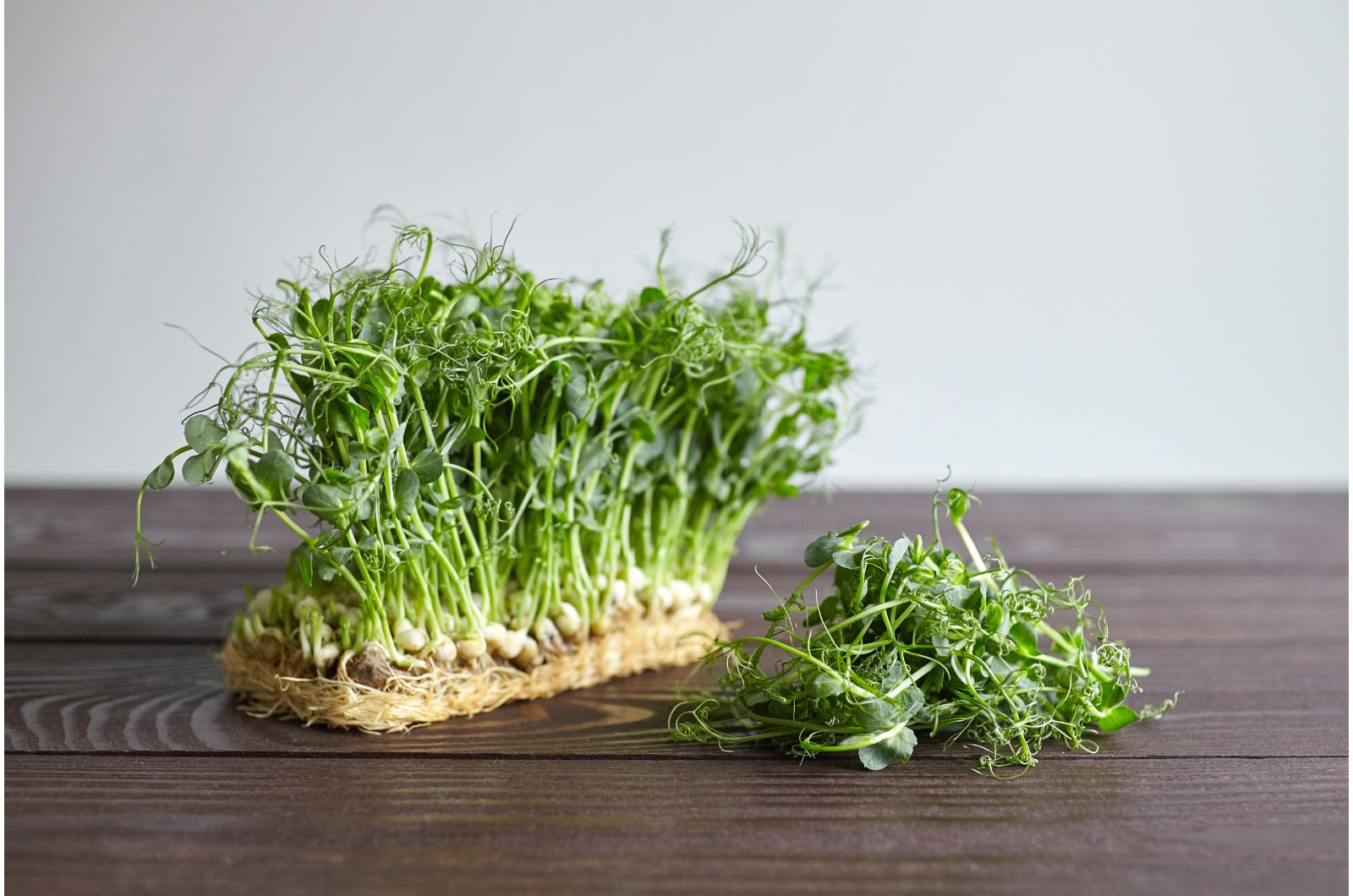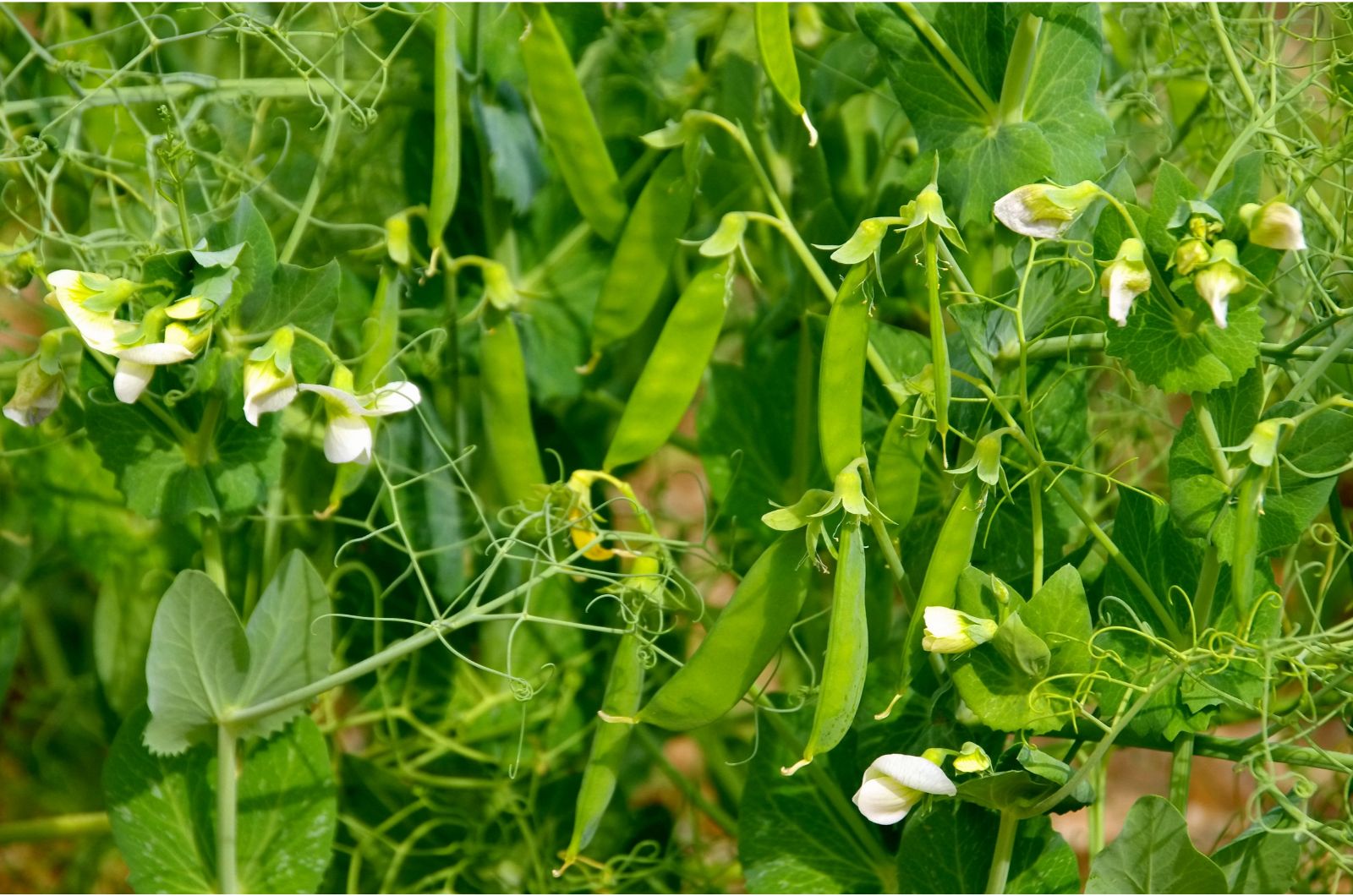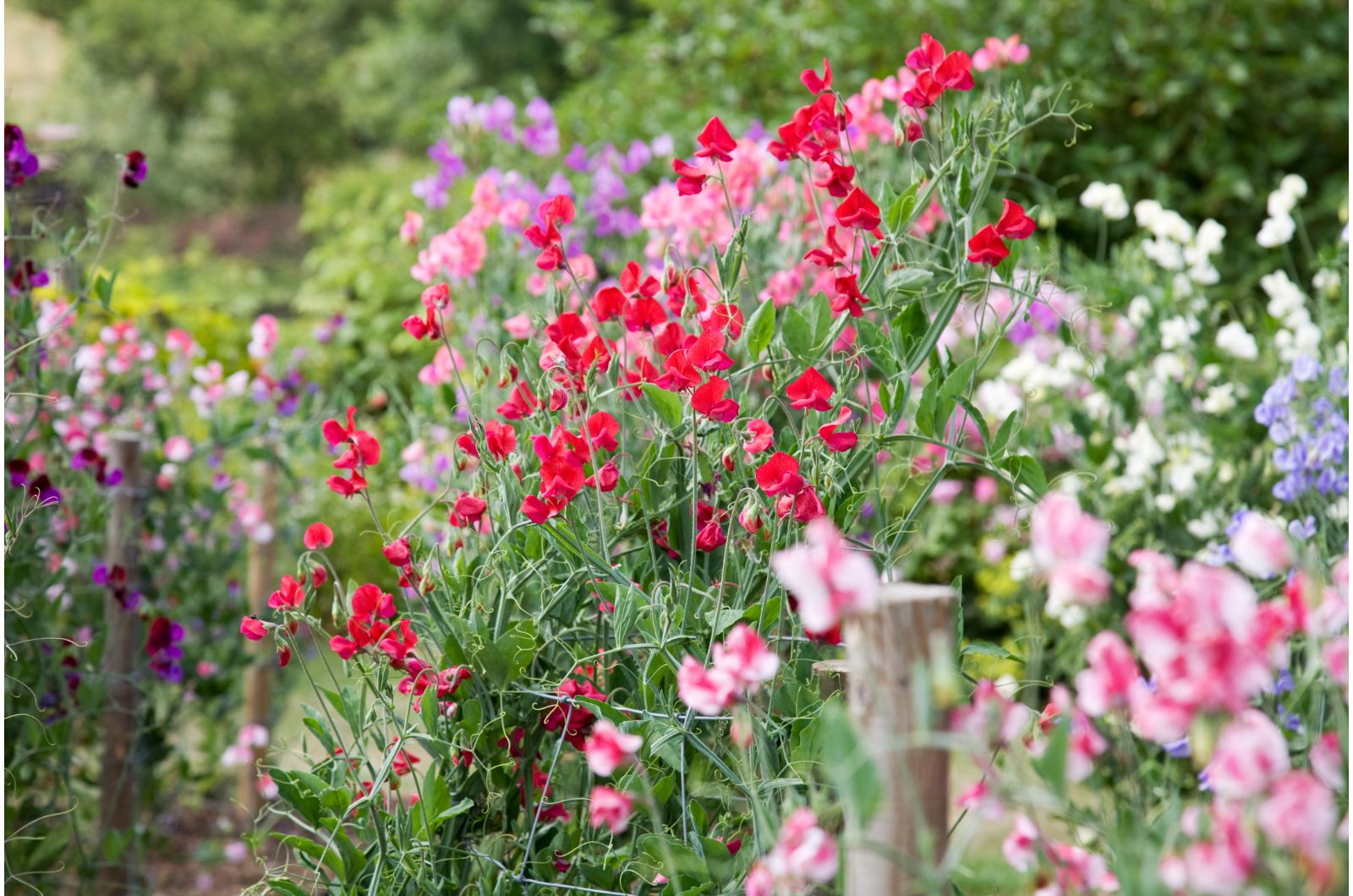Peas are one of my favorite side dishes, and they taste even better when you grow them yourself. In Florida, we generally plant them between September and March, which makes February the perfect time for one of the last batches.
If you don’t plant them now, you’ll have to wait for more than half a year to do so!
But there is one other thing about peas: even inedible varieties have their benefits. Here’s the breakdown of all pea varieties and the reasons you should grow them.
Let’s get started!
Why You Should Plant Peas Right Now
Peas are a cool-weather crop, which means you have to grow them before or after summer. They cannot stand the heat, so late winter is actually the perfect time to plant them.
If you want to jump start your harvest, sow them as soon as you can work the soil or in late summer. This will ensure you get plenty of sweet and delicious fruit come harvest.
You can also sow your peas as a part of your green manure practice. Plant them now, let them grow, and terminate them just before they develop pods. If you let your plant develop pods it will use all the nitrogen it fixes.
Edible vs Inedible Peas
There are two main categories of peas: edible and inedible ones. Growing sweet peas (the inedible kind) in your vegetable garden doesn’t have to be a waste of space.
All peas, including sweet peas, fixate nitrogen and enrich the soil in this nutrient. They will also attract countless pollinators and ensure you get a large harvest in general.
Sweet peas have a delicious fragrance and will bloom again and again with proper care. And don’t worry; you won’t mistake their pods for the edible ones!
Pods of edible peas are wide and swollen with peas inside. Sweet pea pods appear towards the end of their life and are narrow and fibrous.
If you want to eliminate every chance of mistakes, grow edible and inedible peas in separate plots or containers or label them at the time of planting.
Shelling vs Snap vs Snow Peas
Peas are on the list of plants you should grow in February in zones 9 and 10, but there are a few varieties you get to choose from – shelling, snap, and snow peas.
Shelling peas are the most famous ones. That’s the kind you have to remove from the shell to get to the delicious grain. Let the pods mature and fill with round peas before harvesting them.
Snow peas are those with flat husks that we eat whole. You harvest them before the grain inside develops and the pod is soft and tender. Of course, you can let them fill up and bulge with peas inside. In that case, you can treat them as shelling peas.
Snap peas are a combination of shelling and snow peas. The grain inside is sweeter and the shell is more circular.
You can even grow peas as microgreens and enjoy them that way.
Grow all three varieties together or opt for just one. Plant them in a plot or add them to your container garden. You have countless possibilities when it comes to this delicious veg!
Also, peas come in bush and climbing varieties. The former ones don’t grow taller than 3 feet and are perfect for smaller gardens. The climbing varieties need trellising and will extend up to 8 feet if you give them some room.
How To Grow Peas
You can grow peas from seeds without any trouble. They are just dried grains we eat, so it’s not so hard to come by them.
To plant them, fill a nursery tray or pot with a seed-starting mix and sow them an inch deep. (You can push them into the soil with your finger.)
Plant a seed per cell or space each one around 2 inches apart. You can also soak them overnight before planting to speed up sprouting.
Pea seeds are fast growers that germinate within 1-3 weeks after sowing (as long as the temperature is between 60-80°F). So, you may even see impressive results by the end of next week if you start them now.
The good news is that these plants tolerate transplanting quite well, so you can start them indoors 6-8 weeks before the last spring frost in your region.
You can sow and tend to sweet peas the same way as with other varieties. Give them something to climb over and they will flourish.
If you want a full season of these fragrant flowers, make sure to keep cutting the flowers. They look amazing in vases, while this type of pruning will encourage your plant to produce more blossoms.
On a side note, cut sweet pea flowers don’t last long, which is a good reason to keep trimming your plant every couple of days.
Finally, don’t think of your garden only as a horizontal space. Incorporate some stakes and trellises, and you’ll get a lot more room for growing.
And don’t forget about companion plants for peas. This technique will allow you to save some space, attract pollinators and pest predators, and more.

